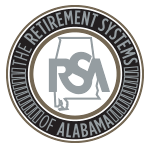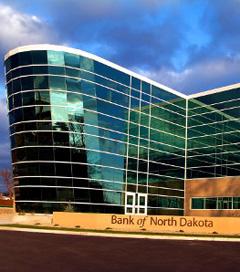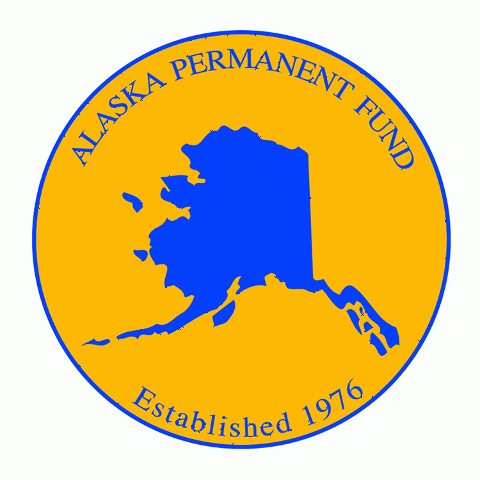In March 2003, the Washington State Investment Board adopted a new policy requiring annual reports of the pension funds in-state investments. In January 2004, the pension board reinforced this action by reaching a memorandum of understanding to coordinate efforts to promote in-state, high-tech business with the Washington Technology Center. According to their 2004 report, the pension fund currently invests $1.3 billion in in-state companies. Read more about Washington State Investment Board, "Economically targeted investments"...



